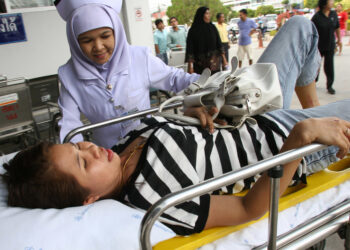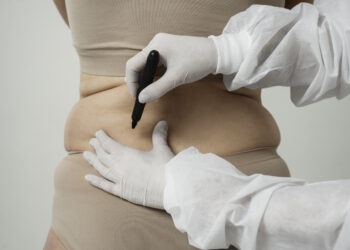Exercise is beneficial for preventing heart disease, diabetes and many other chronic health conditions. But can these benefits accumulate over time and be enjoyed in later years? A new study has found that women could “grow” them like bank savings, and reap the benefits later in life.
In the latest study, published in the Journal of Physical Activity and Health, researchers from the University of Queensland found that women who exercised in their 20s can retain the heart health benefits of their physical activity and enjoy them later in life.
They evaluated 57,000 women using data from the Menarche-to-PreMenopause study that followed the health of participants for more than 20 years. The team used resting heart rate to measure the heart health of the participants.
“We wanted to explore whether women could ‘grow’ their physical activity, like bank savings, for enhanced cardiovascular health,” Dr. Gregore Iven Mielke, a lead author of the study, explained in a news release.
“It appears they can. Women in their 40s who’d been the most active in young adulthood had a resting heart rate, on average, of around 72 beats per minute (bpm). That’s compared to around 78 bpm for the women who’d been the least active from their 20s to 40s,” Mielke said.
Although the results showed only a small difference in the heart rate values, the investigators found them substantial enough to affect mortality, as their previous study indicated that even an increase of 1 bpm can increase mortality.
“A lower resting heart rate usually means your heart is working more efficiently and as it should be. These findings suggest that regular physical activity, irrespective of timing, appears to provide cardiovascular health benefits for women before the transition to menopause. It shows us that public health initiatives should be promoting an active lifestyle for women in their 20s and 30s, with the positive health impact still being evident later in life,” Mielke said.
Researchers say the findings are…
Read the full article here








